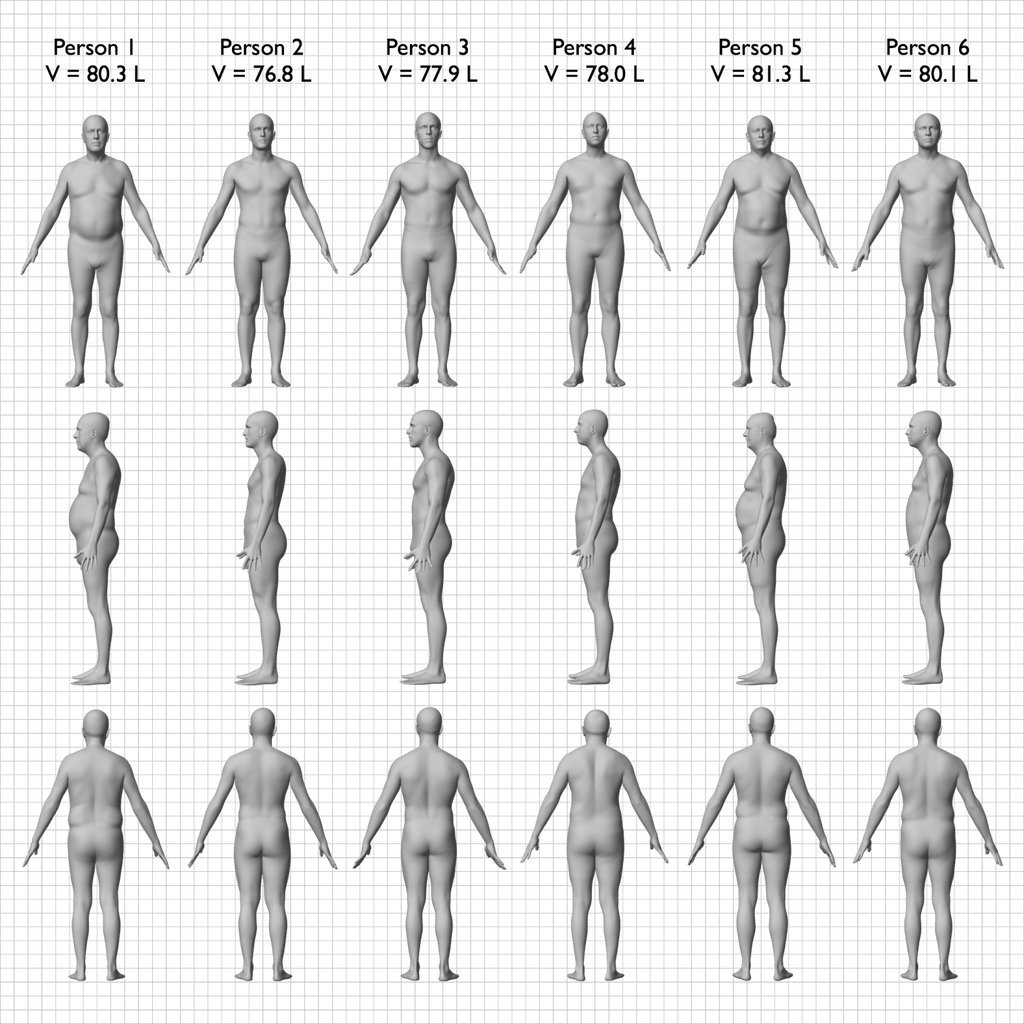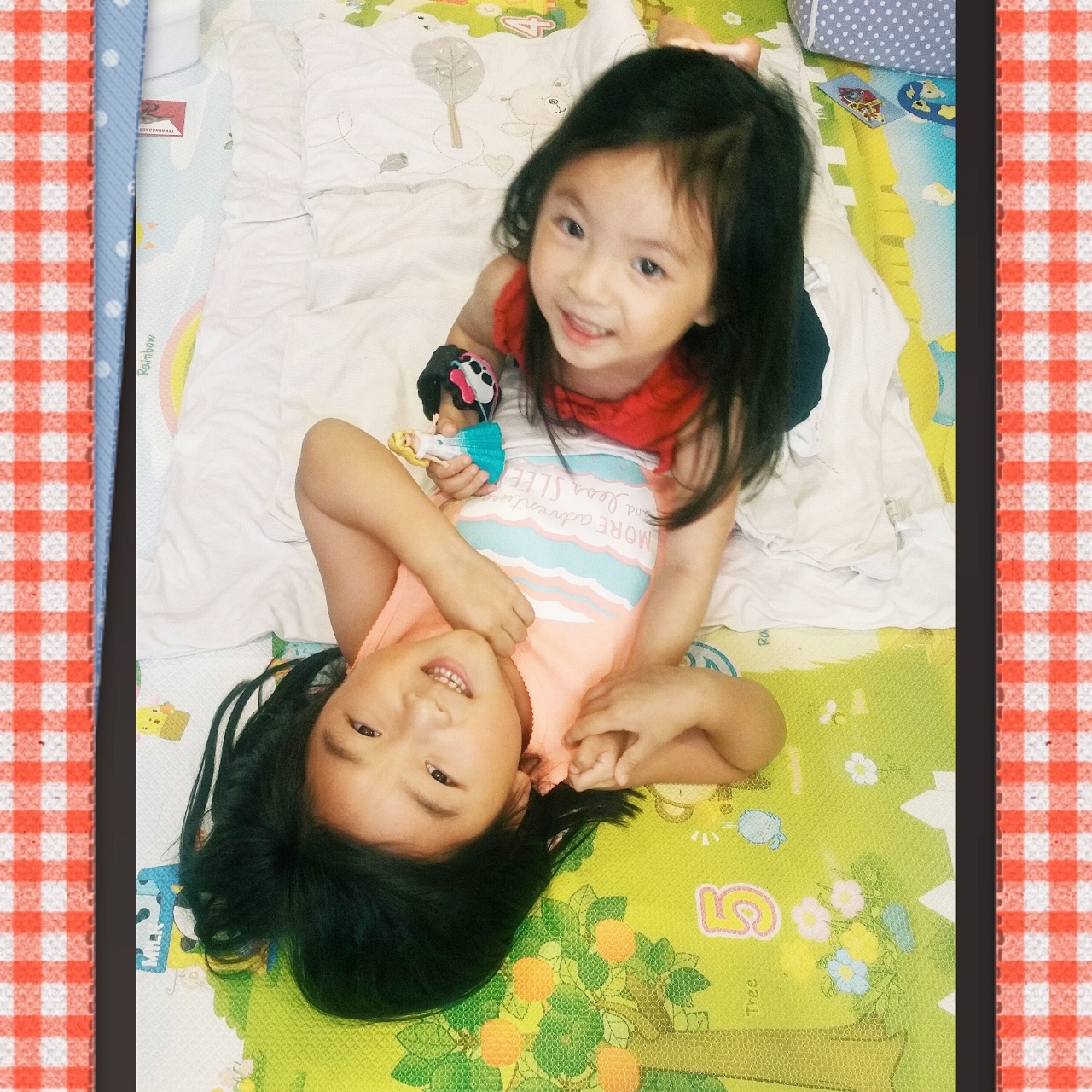These renderings were made from the body scans of six different people, all who were 5 feet 9 inches tall and 172 pounds.V = the body's volume, or the amount of fluid that would fill a container the same size as the body, in liters.With a BMI of 25.4, they are all technically considered overweight. But as you can see, each body shape is vastly different from the others, with different muscle mass, fat compositions, and (although you can't tell from the illustration) bone density.Can we stop using BMI as an indicator of health already?Via The New York Times....
Continue reading



